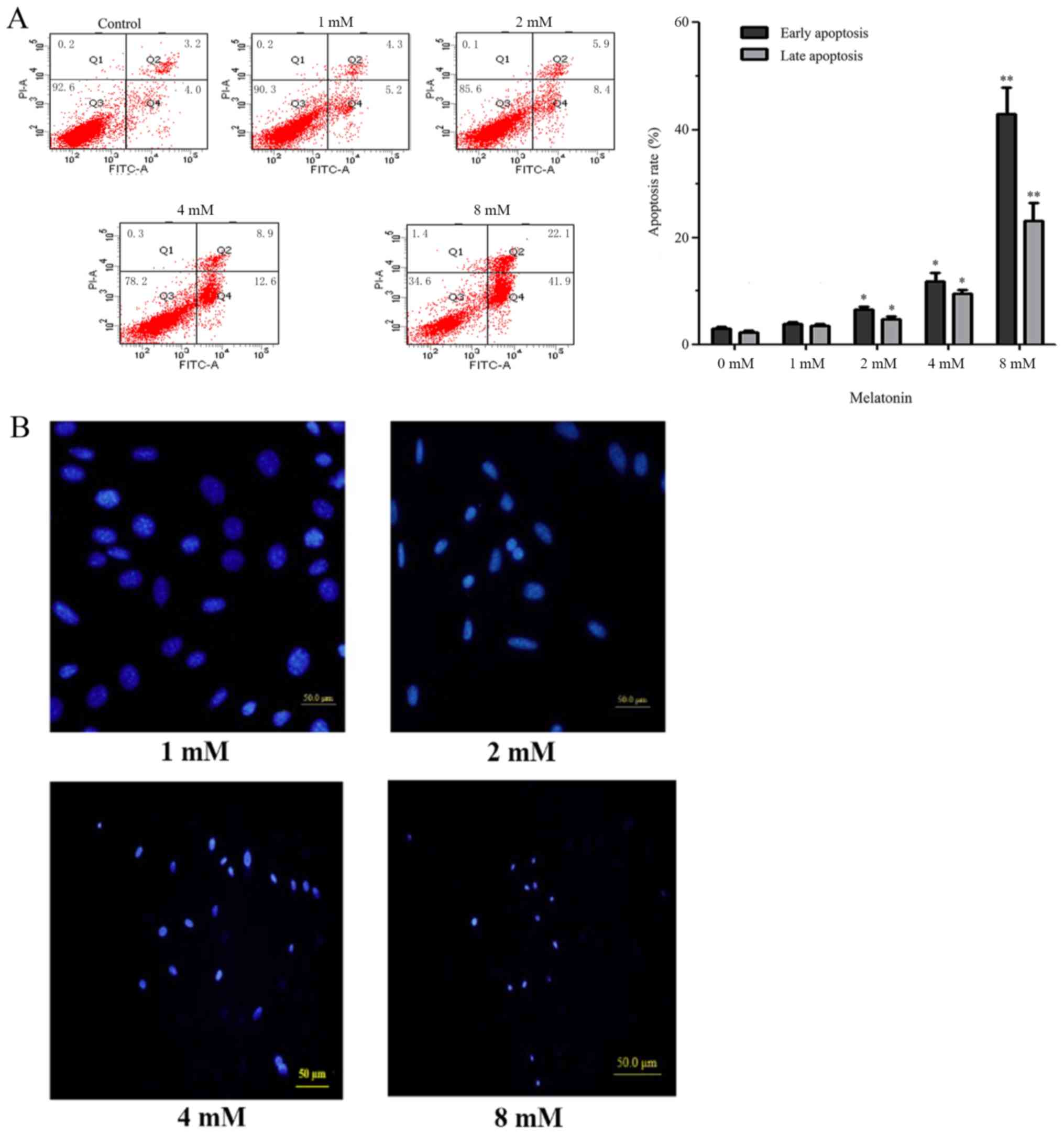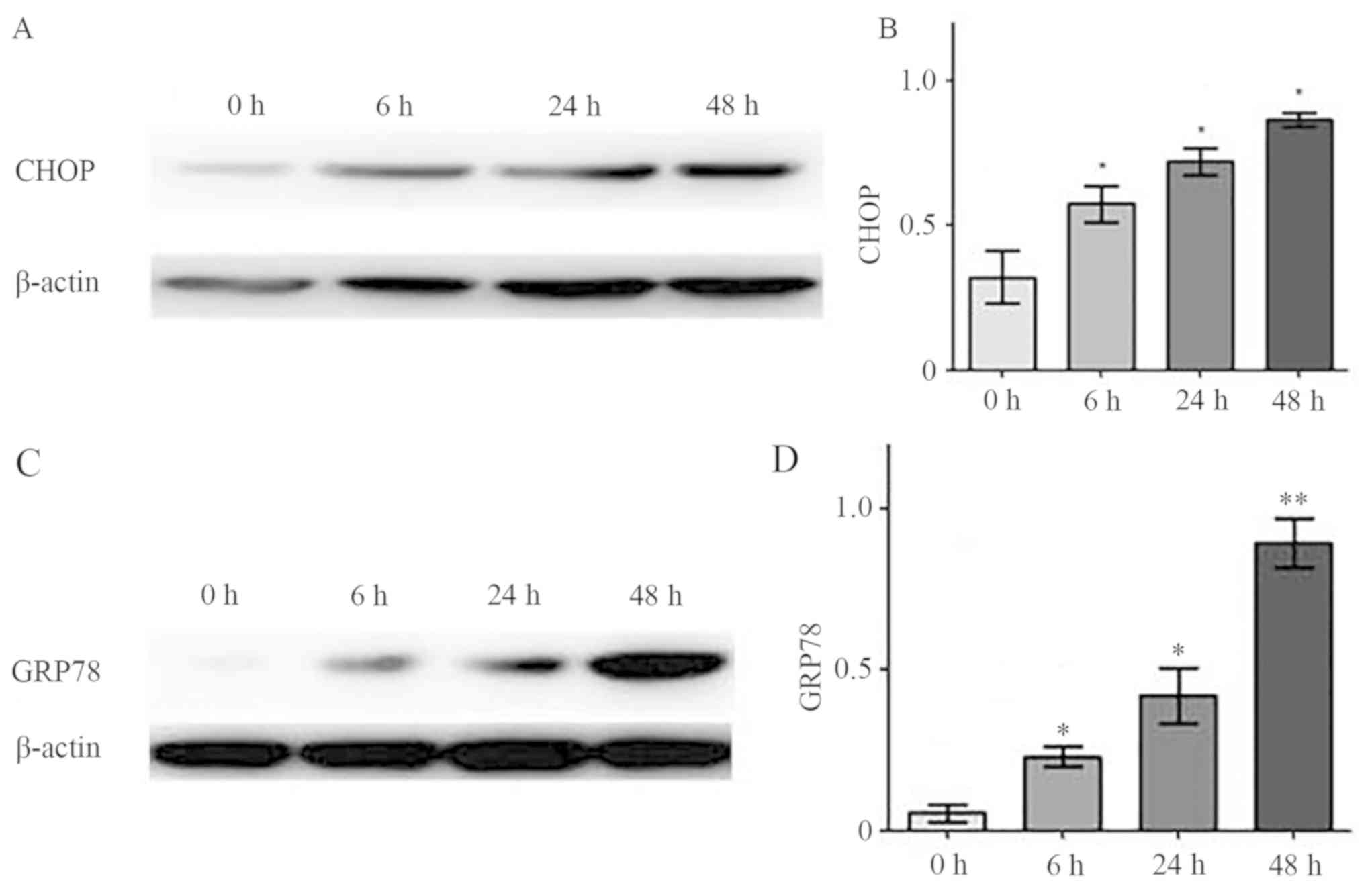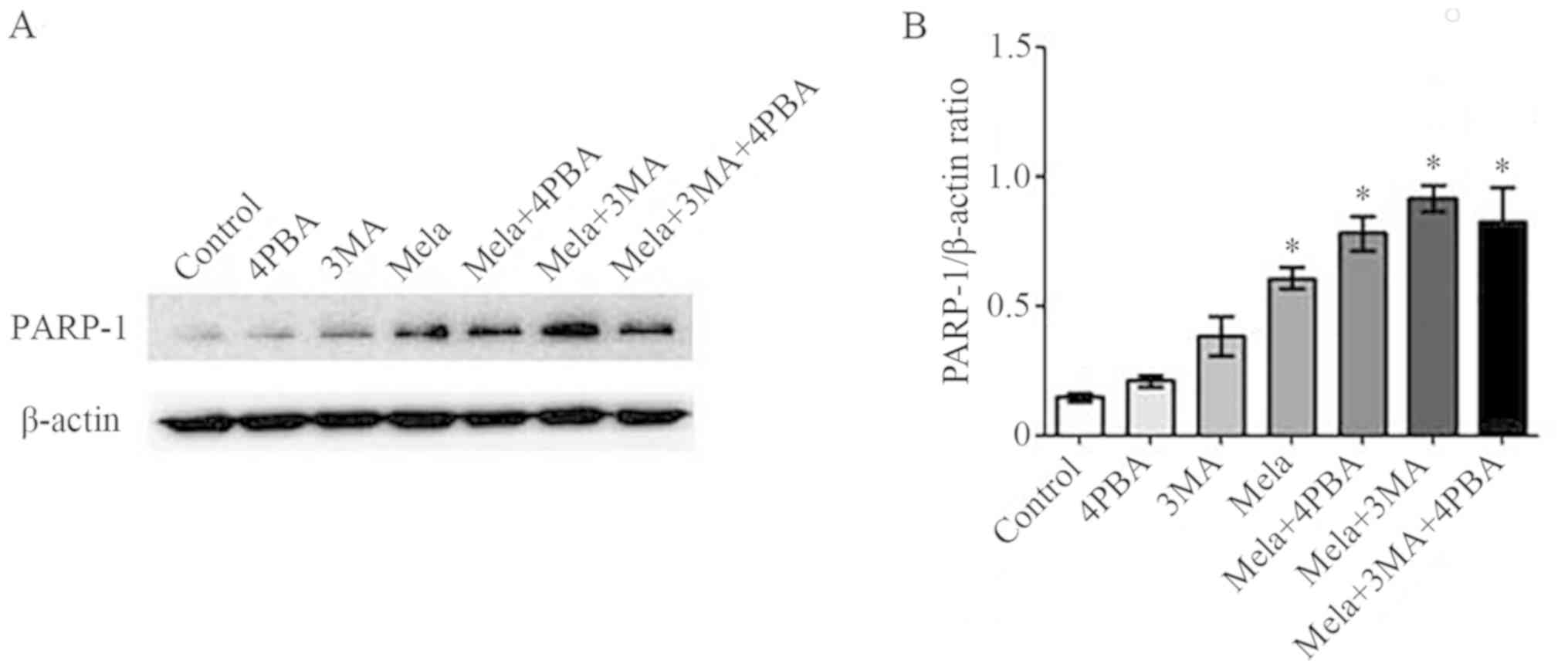|
1
|
Burwell RG, Dangerfield PH, Moulton A and
Anderson SI: Etiologic theories of idiopathic scoliosis: Autonomic
nervous system and the leptin-sympathetic nervous system concept
for the pathogenesis of adolescent idiopathic scoliosis. Stud
Health Technol Inform. 140:197–207. 2008.PubMed/NCBI
|
|
2
|
Letellier K, Azeddine B, Blain S, Turgeon
I, Wang da S, Boiro MS, Moldovan F, Labelle H, Poitras B, Rivard
CH, et al: Etiopathogenesis of adolescent idiopathic scoliosis and
new molecular concepts. Med Sci (Paris). 23:910–916. 2007.(In
French). View Article : Google Scholar : PubMed/NCBI
|
|
3
|
Carpintero P, Mesa M, Garcia J and
Carpintero A: Scoliosis induced by asymmetric lordosis and
rotation: An experimental study. Spine (Phila Pa 1976).
22:2202–2206. 1997. View Article : Google Scholar : PubMed/NCBI
|
|
4
|
Azeddine B, Letellier K, Wang da S,
Moldovan F and Moreau A: Molecular determinants of melatonin
signaling dysfunction in adolescent idiopathic scoliosis. Clin
Orthop Relat Res. 462:45–52. 2007. View Article : Google Scholar : PubMed/NCBI
|
|
5
|
Grivas TB, Vasiliadis E, Mouzakis V, Mihas
C and Koufopoulos G: Association between adolescent idiopathic
scoliosis prevalence and age at menarche in different geographic
latitudes. Scoliosis. 23:1–9. 2006.
|
|
6
|
Weinstein SL and Dolan LA: The evidence
base for the prognosis and treatment of adolescent idiopathic
scoliosis: The 2015 orthopaedic research and education foundation
clinical research award. J Bone Joint Surg Am. 97:1899–1903. 2015.
View Article : Google Scholar : PubMed/NCBI
|
|
7
|
Poon AM, Cheung KM, Lu DS and Leong JC:
Changes in melatonin receptors in relation to the development of
scoliosis in pinealectomized chickens. Spine (Phila Pa 1976).
31:2043–2047. 2006. View Article : Google Scholar : PubMed/NCBI
|
|
8
|
Machida M, Dubousset J, Yamada T, Kimura
J, Saito M, Shiraishi T and Yamagishi M: Experimental scoliosis in
melatonin-deficient C57BL/6J mice without pinealectomy. J Pineal
Res. 41:1–7. 2006. View Article : Google Scholar : PubMed/NCBI
|
|
9
|
Cheung KM, Wang T, Poon AM, Carl A,
Tranmer B, Hu Y, Luk KD and Leong JC: The effect of pinealectomy on
scoliosis development in young nonhuman primates. Spine (Phila Pa
1976). 30:2009–2013. 2005. View Article : Google Scholar : PubMed/NCBI
|
|
10
|
Maria S and Witt-Enderby PA: Melatonin
effects on bone: Potential use for the prevention and treatment for
osteopenia, osteoporosis, and periodontal disease and for use in
bone-grafting procedures. J Pineal Res. 56:115–125. 2014.
View Article : Google Scholar : PubMed/NCBI
|
|
11
|
Proksch S, Strobel SL, Vach K, Abouassi T,
Tomakidi P, Ratka-Krüger P and Hellwig E: Melatonin as a candidate
therapeutic drug for protecting bone cells from
chlorhexidine-induced damage. J Periodontol. 85:e379–e389. 2014.
View Article : Google Scholar : PubMed/NCBI
|
|
12
|
Goultidis TT, Papavasiliou KA, Petropoulos
AS, Philippopoulos A and Kapetanos GA: Higher levels of melatonin
in early stages of adolescent idiopathic scoliosis: Toward a new
scenario. J Pediatr Orthop. 34:768–773. 2014. View Article : Google Scholar : PubMed/NCBI
|
|
13
|
Liu L, Zhu Y, Xu Y and Reiter RJ:
Prevention of ERK activation involves melatonin-induced G(1) and
G(2)/M phase arrest in the human osteoblastic cell line hFOB 1.19.
J Pineal Res. 53:60–66. 2012. View Article : Google Scholar : PubMed/NCBI
|
|
14
|
Liu L, Zhu Y, Xu Y and Reiter RJ:
Melatonin delays cell proliferation by inducing G1 and G2/M phase
arrest in a human osteoblastic cell line hFOB 1.19. J Pineal Res.
50:222–231. 2011.PubMed/NCBI
|
|
15
|
Meng X, Zhu Y, Tao L, Zhao S and Qiu S:
Overexpression of septin-7 inhibits melatonin-induced cell
apoptosis in human fetal osteoblastic cells via suppression of
endoplasmic reticulum stress. Mol Med Rep. 17:4817–4822.
2018.PubMed/NCBI
|
|
16
|
Tao L and Zhu Y: Melatonin regulates
CRE-dependent gene transcription underlying osteoblast
proliferation by activating Src and PKA in parallel. Am J Transl
Res. 10:86–100. 2018.PubMed/NCBI
|
|
17
|
Liu L, Zhu Y, Han X and Wu Y: The creation
of scoliosis by scapula-to-contralateral ilium tethering procedure
in bipedal rats a kyphoscoliosis model. Spine (Phila Pa 1976).
6:1340–1349. 2011. View Article : Google Scholar
|
|
18
|
Xiong XC, Zhu Y, Ge R, Liu LF and Yuan W:
Effect of melatonin on the extracellular-regulated kinase signal
pathway activation and human osteoblastic cell line hFOB 1.19
proliferation. Int J Mol Sci. 16:10337–10353. 2015. View Article : Google Scholar : PubMed/NCBI
|
|
19
|
Meng X, Zhu Y, Tao L, Zhao S and Qiu S:
Periostin has a protective role in melatonin-induced cell apoptosis
by inhibiting the eIF2α-ATF4 pathway in human osteoblasts. Int J
Mol Med. 41:1003–1012. 2018.PubMed/NCBI
|
|
20
|
Meng X, Zhu Y, Tao L, Zhao S and Qiu S:
MicroRNA-125b-1-3p mediates intervertebral disc degeneration in
rats by targeting teashirt zinc finger homeobox 3. Exp Ther Med.
15:2627–2633. 2018.PubMed/NCBI
|
|
21
|
He X, Bao J, Chen J, Sun X, Wang J, Zhu D,
Song K, Peng W, Xu T and Duan Y: Adenovirus-mediated
over-expression of Septin4 ameliorates hepatic fibrosis in mouse
livers infected with Schistosoma japonicum. Parasitol Int.
64:487–492. 2015. View Article : Google Scholar : PubMed/NCBI
|
|
22
|
Shen S, Liu M, Wu Y, Saiyin H, Liu G and
Yu L: Involvement of SEPT4_i1 in hepatocellular carcinoma: SEPT4_i1
regulates susceptibility to apoptosis in hepatocellular carcinoma
cells. Mol Biol Rep. 39:4519–4526. 2012. View Article : Google Scholar : PubMed/NCBI
|
|
23
|
Kinoshita M: Diversity of septin
scaffolds. Curr Opin Cell Biol. 18:54–60. 2006. View Article : Google Scholar : PubMed/NCBI
|
|
24
|
Han Y, Kim YM, Kim HS and Lee KY:
Melatonin promotes osteoblast differentiation by regulating Osterix
protein stability and expression. Sci Rep. 7:57162017. View Article : Google Scholar : PubMed/NCBI
|
|
25
|
Dimitri P and Rosen C: The central nervous
system and bone metabolism: An evolving story. Calcif Tissue Int.
100:476–485. 2017. View Article : Google Scholar : PubMed/NCBI
|
|
26
|
Vriend J and Reiter RJ: Melatonin, bone
regulation and the ubiquitin-proteasome connection: A review. Life
Sci. 145:152–160. 2016. View Article : Google Scholar : PubMed/NCBI
|
|
27
|
Roforth MM, Farr JN, Fujita K, McCready
LK, Atkinson EJ, Therneau TM, Cunningham JM, Drake MT, Monroe DG
and Khosla S: Global transcriptional profiling using RNA sequencing
and DNA methylation patterns in highly enriched mesenchymal cells
from young versus elderly women. Bone. 76:49–57. 2015. View Article : Google Scholar : PubMed/NCBI
|
|
28
|
Burattini S, Battistelli M, Codenotti S,
Falcieri E, Fanzani A and Salucci S: Melatonin action in tumor
skeletal muscle cells: An ultrastructural study. Acta Histochem.
118:278–85. 2016. View Article : Google Scholar : PubMed/NCBI
|
|
29
|
Maiuri MC, Zalckvar E, Kimchi A and
Kroemer G: Self-eating and self-killing: Crosstalk between
autophagy and apoptosis. Nat Rev Mol Cell Biol. 8:741–752. 2007.
View Article : Google Scholar : PubMed/NCBI
|
|
30
|
Pourhanifeh MH, Sharifi M, Reiter RJ,
Davoodabadi A and Asemi Z: Melatonin and non-small cell lung
cancer: New insights into signaling pathways. Cancer Cell Int.
19:1312019. View Article : Google Scholar : PubMed/NCBI
|
|
31
|
Singh MP, Chauhan AK and Kang SC: Morin
hydrate ameliorates cisplatin-induced ER stress, inflammation and
autophagy in HEK-293 cells and mice kidney via PARP-1 regulation.
Int Immunopharmacol. 56:156–167. 2018. View Article : Google Scholar : PubMed/NCBI
|
|
32
|
Wang Y, Luo W and Wang Y: PARP-1 and its
associated nucleases in DNA damage response. DNA Repair (Amst).
81:1026512019. View Article : Google Scholar : PubMed/NCBI
|
|
33
|
Hengartner MO: The biochemistry of
apoptosis. Nature. 407:770–776. 2000. View
Article : Google Scholar : PubMed/NCBI
|
|
34
|
Hadj Ayed Tka K, Mahfoudh Boussaid A,
Zaouali MA, Kammoun R, Bejaoui M, Ghoul Mazgar S, Rosello Catafau J
and Ben Abdennebi H: Melatonin modulates endoplasmic reticulum
stress and Akt/GSK3-beta signaling pathway in a rat model of renal
warm ischemia reperfusion. Anal Cell Pathol (Amst).
2015:6351722015.PubMed/NCBI
|
|
35
|
Gump JM and Thorburn A: Autophagy and
apoptosis: What is the connection? Trends Cell Biol. 21:387–392.
2011. View Article : Google Scholar : PubMed/NCBI
|
|
36
|
Zhang WL, Meng HZ, Yang RF, Yang MW, Sun
GH, Liu JH, Shi PX, Liu F and Yang B: Melatonin suppresses
autophagy in type 2 diabetic osteoporosis. Oncotarget.
7:52179–52194. 2016.PubMed/NCBI
|
|
37
|
Sun X, Yang X, Zhao Y, Li Y and Guo L:
Effects of 17β-estradiol on mitophagy in the murine MC3T3-E1
osteoblast cell line is mediated via G protein-coupled estrogen
receptor and the ERK1/2 signaling pathway. Med Sci Monit.
24:903–911. 2018. View Article : Google Scholar : PubMed/NCBI
|
|
38
|
Liu W, Zhao Z, Na Y, Meng C, Wang J and
Bai R: Dexamethasone-induced production of reactive oxygen species
promotes apoptosis via endoplasmic reticulum stress and autophagy
in MC3T3-E1 cells. Int J Mol Med. 41:2028–2036. 2018.PubMed/NCBI
|
|
39
|
Li X, Lu Q, Xie W, Wang Y and Wang G:
Anti-tumor effects of triptolide on angiogenesis and cell apoptosis
in osteosarcoma cells by inducing autophagy via repressing
Wnt/β-Catenin signaling. Biochem Biophys Res Commun. 496:443–449.
2018. View Article : Google Scholar : PubMed/NCBI
|
|
40
|
Yoo YM, Han TY and Kim HS: Melatonin
suppresses autophagy induced by clinostat in preosteoblast MC3T3-E1
cells. Int J Mol Sci. 17:5262016. View Article : Google Scholar : PubMed/NCBI
|
|
41
|
Qi M, Zhang L, Ma Y, Shuai Y, Li L, Luo K,
Liu W and Jin Y: Autophagy maintains the function of bone marrow
mesenchymal stem cells to prevent estrogen deficiency-induced
osteoporosis. Theranostics. 7:4498–4516. 2017. View Article : Google Scholar : PubMed/NCBI
|
|
42
|
Song HS, Jang S and Kang SC: Bavachalcone
from Cullen corylifolium induces apoptosis and autophagy in HepG2
cells. Phytomedicine. 40:37–47. 2018. View Article : Google Scholar : PubMed/NCBI
|
|
43
|
San-Miguel B, Crespo I, Sánchez DI,
González-Fernández B, Ortiz de Urbina JJ, Tuñón MJ and
González-Gallego J: Melatonin inhibits autophagy and endoplasmic
reticulum stress in mice with carbon tetrachloride-induced
fibrosis. J Pineal Res. 59:151–162. 2015. View Article : Google Scholar : PubMed/NCBI
|
|
44
|
De Luxán-Delgado B, Potes Y,
Rubio-González A, Caballero B, Solano JJ, Fernández-Fernández M,
Bermúdez M, Rodrigues Moreira Guimarães M, Vega-Naredo I, Boga JA
and Coto-Montes A: Melatonin reduces endoplasmic reticulum stress
and autophagy in liver of leptin-deficient mice. J Pineal Res.
61:108–123. 2016. View Article : Google Scholar : PubMed/NCBI
|
|
45
|
Moreira AJ, Ordoñez R, Cerski CT, Picada
JN, García-Palomo A, Marroni NP, Mauriz JL and González-Gallego J:
Melatonin activates endoplasmic reticulum stress and apoptosis in
rats with diethylnitrosamine-induced hepatocarcinogenesis. PLoS
One. 10:e01445172015. View Article : Google Scholar : PubMed/NCBI
|
|
46
|
Wongprayoon P and Govitrapong P: Melatonin
protects SH-SY5Y neuronal cells against methamphetamine-induced
endoplasmic reticulum stress and apoptotic cell death. Neurotox
Res. 31:1–10. 2017. View Article : Google Scholar : PubMed/NCBI
|
|
47
|
Ron D and Walter P: Signal integration in
the endoplasmic reticulum unfolded protein response. Nat Rev Mol
Cell Biol. 8:519–529. 2007. View Article : Google Scholar : PubMed/NCBI
|
|
48
|
Sharma S, Quintana A, Findlay GM, Mettlen
M, Baust B, Jain M, Nilsson R, Rao A and Hogan PG: An siRNA screen
for NFAT activation identifies septins as coordinators of
store-operated Ca2+ entry. Nature. 499:238–242. 2013.
View Article : Google Scholar : PubMed/NCBI
|




















